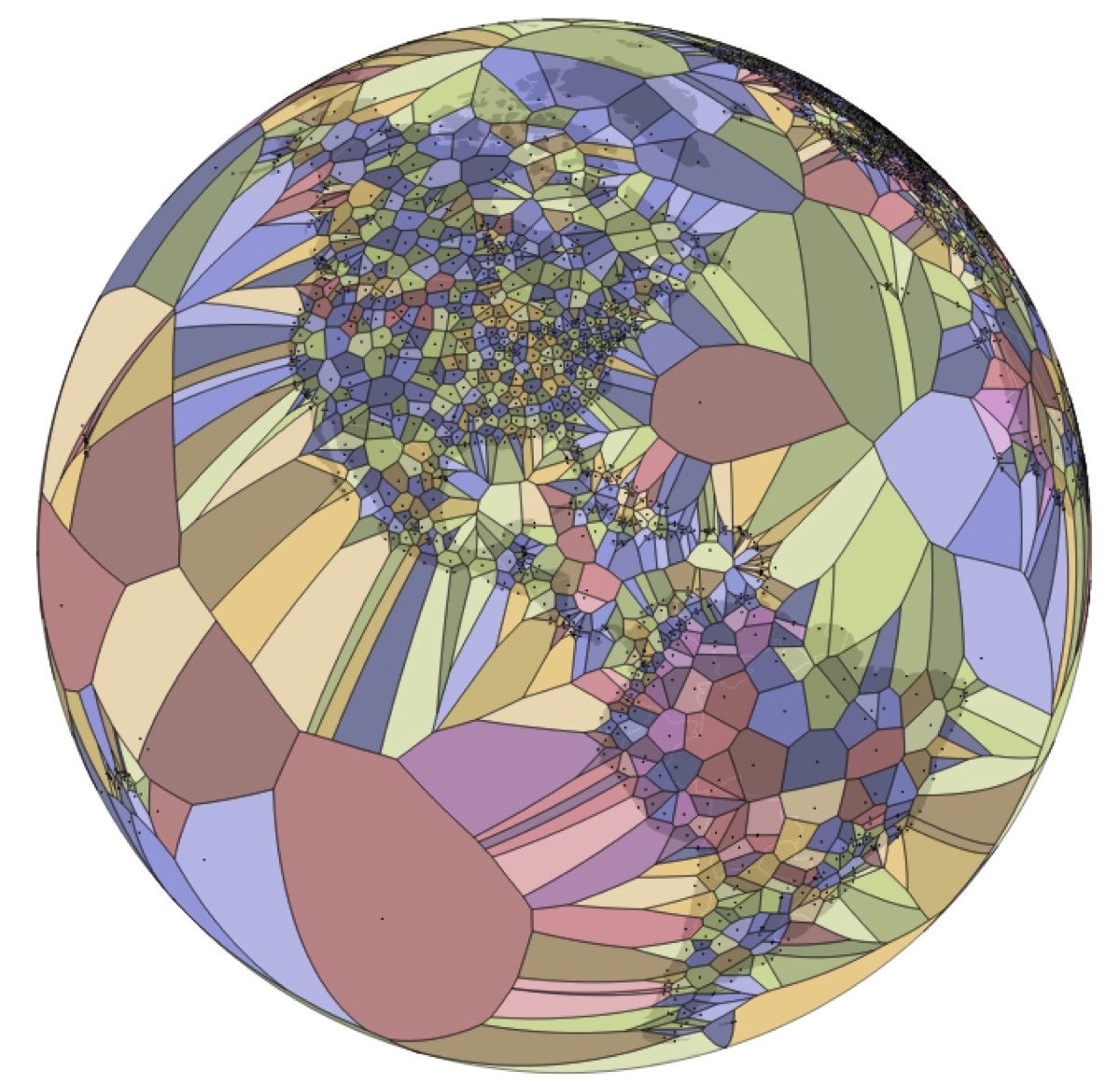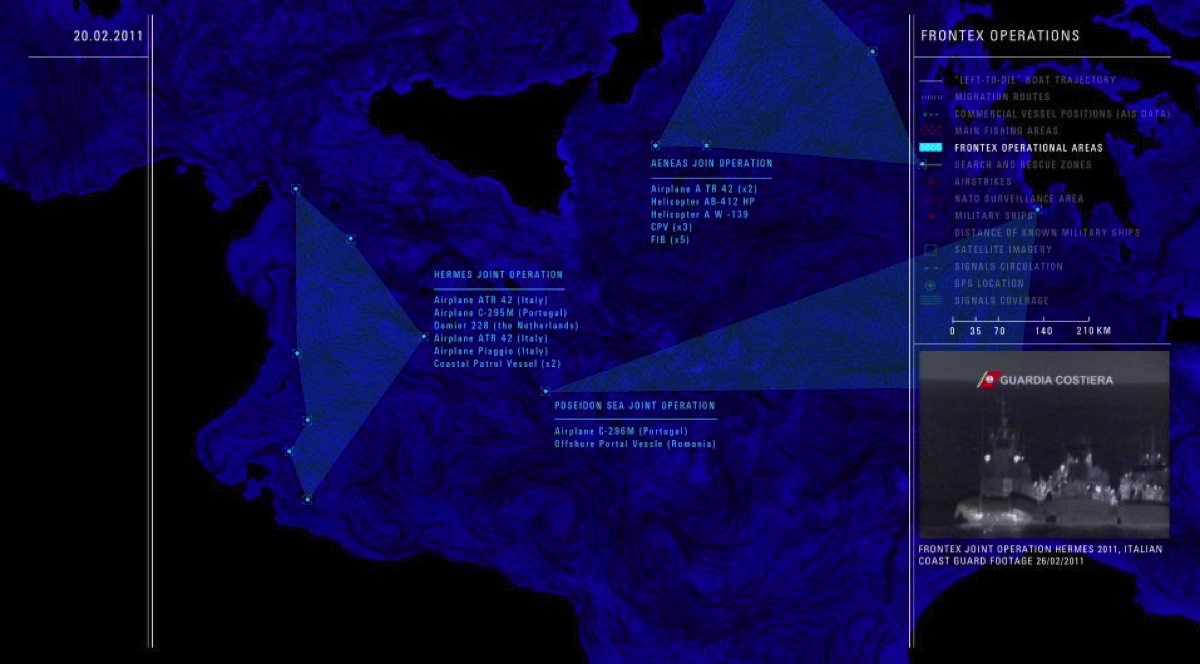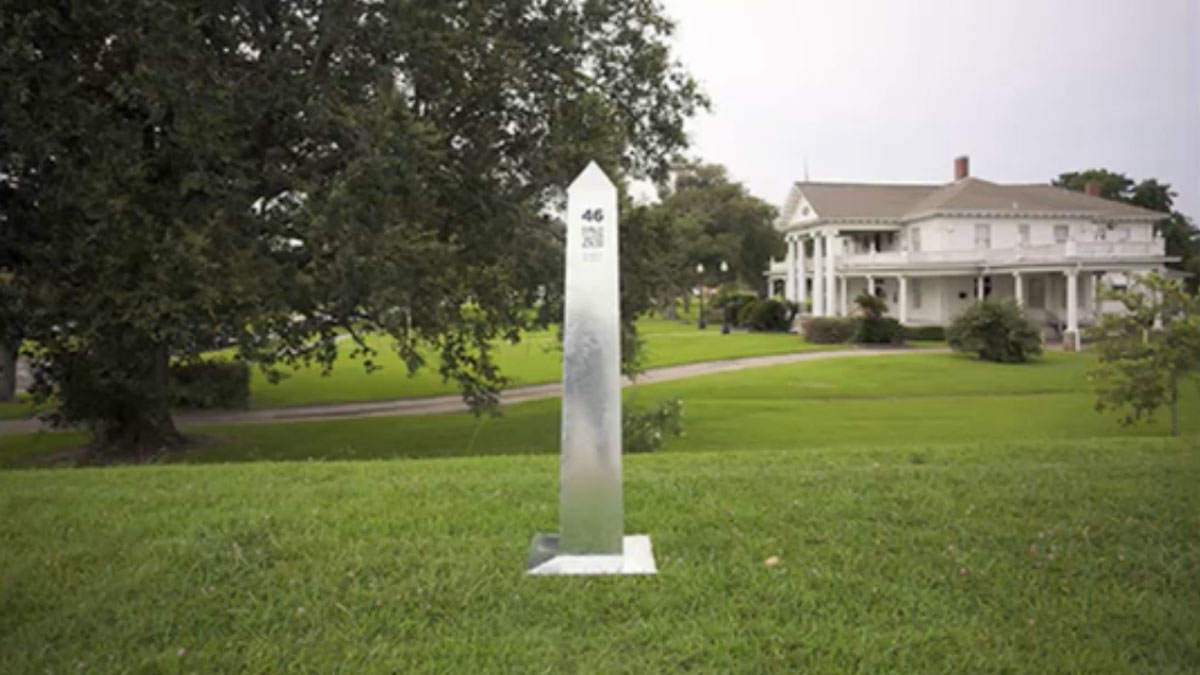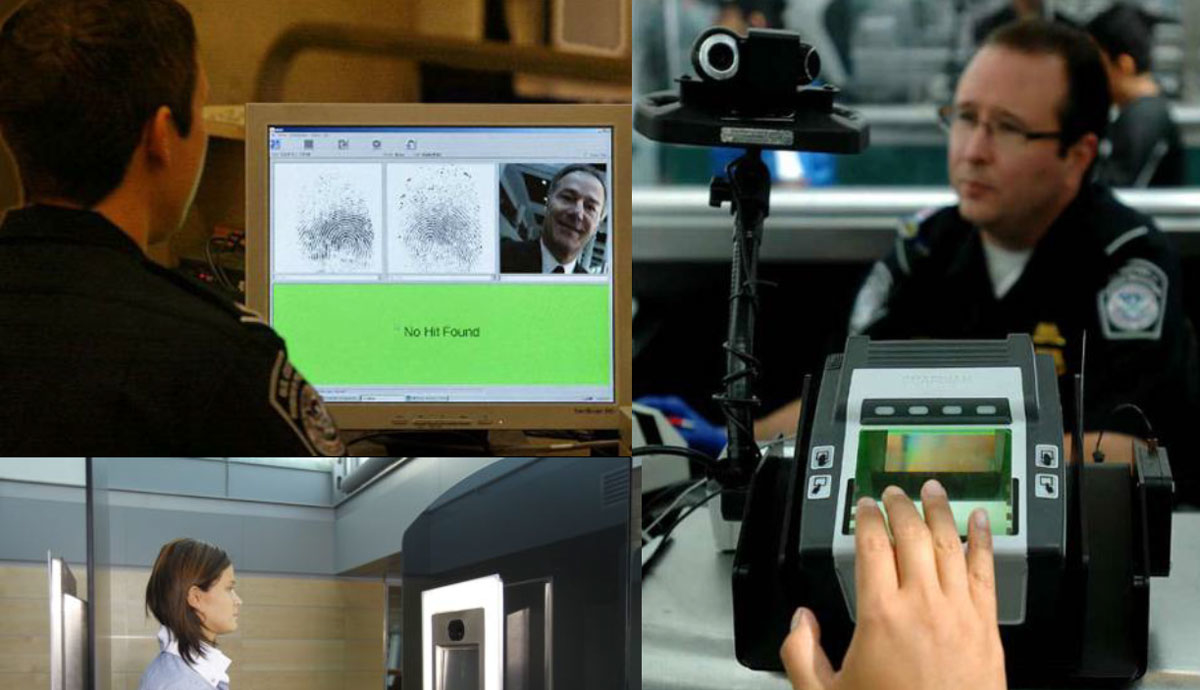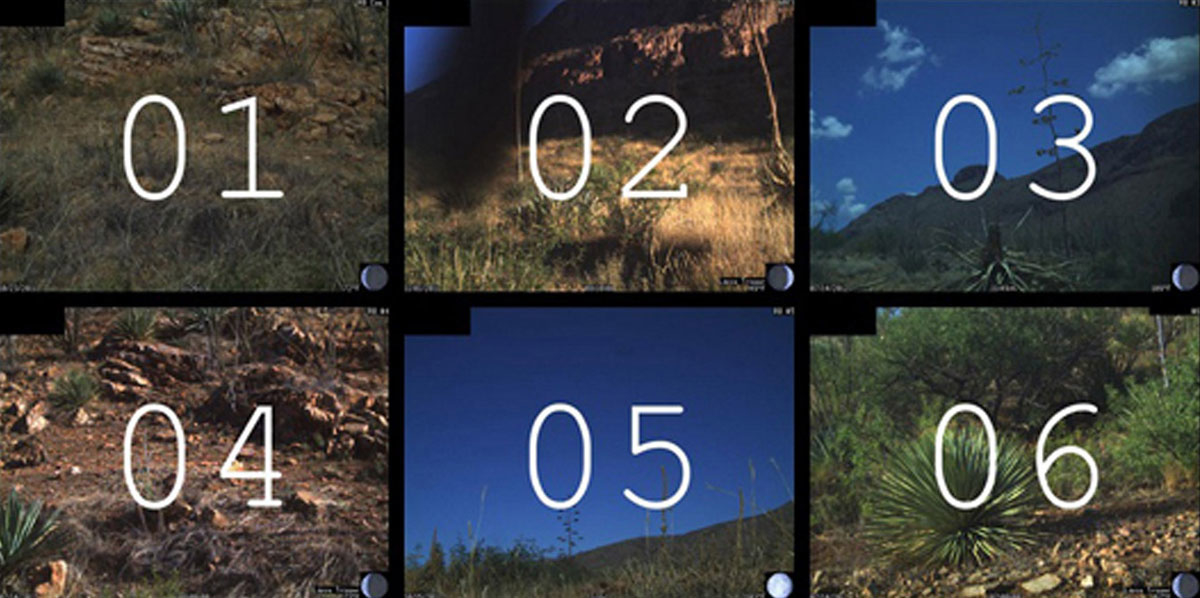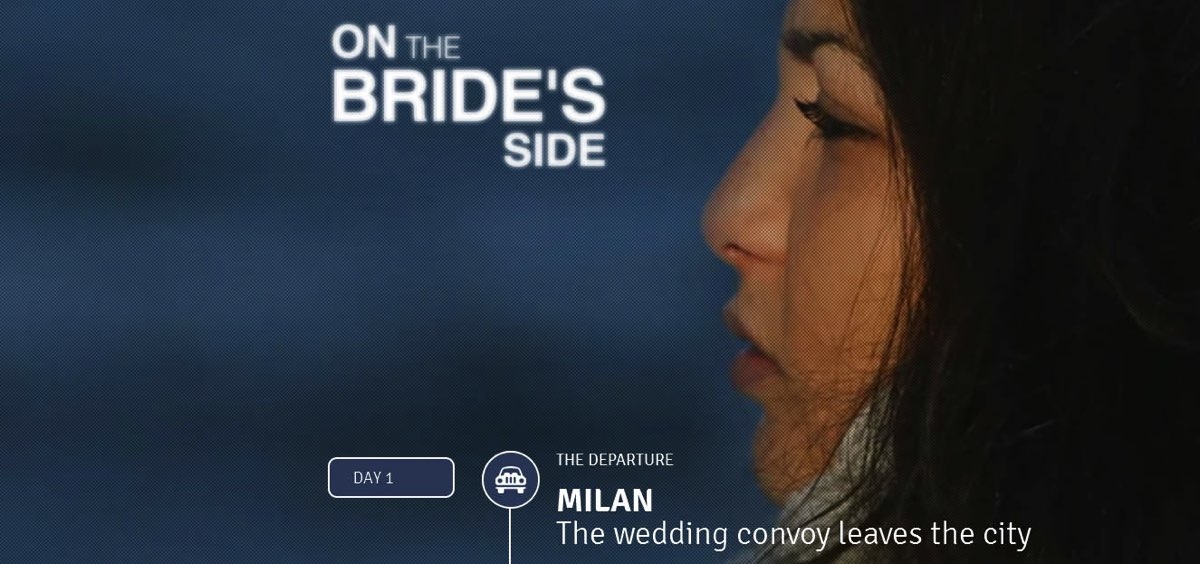The Art of Bordering: Economies, Performances and Technologies of Migration Control
MAXXI, the National Museum of XXI Century Arts
October 24-26, 2014
[metaslider id=7332]
The Art of Bordering is an art-science event merging an academic conference and an exhibition in order to discuss the material and symbolic construction of the Mediterranean as a border zone, the governance and politicization of migration control, the strategies of adaptation, contestation and subversion of “Fortress Europe” developed by migrants and European citizens.
During three days, Italian, French, German, and British academics, journalists and artists debate how new technologies, geopolitical conflicts and socio-economic inequalities have transformed both migration flows and the material, political and symbolic dimensions of borders in the 21st century.
The Art of Bordering will compare the different and overlapping ways in which art, technology and the social sciences address contemporary bordering dynamics. This strategic comparison aims to highlight the different and interrelated ways in which borders have become strategic places for the performance and observation of the symbolic representations, political agencies and governmental techniques at work in contemporary neoliberal societies.
By enabling discussions between academics, artists and the public, this conference/exhibition will facilitate the exchange between the different approaches, tools and devices through which border processes may be represented, deciphered and deconstructed. The debates, links, quotations, transfers and exemplifications, will also help problematizing the boundaries existing between these fields of knowledge and practice.
Program
Friday 24 October 2014
MAXXI Gallery
16:00-17:00 – Multiple screening
Borders (2010), a video of an animated pencil drawing, by Simona Koch
The Texas Border (2011), a video by Joana Moll & Heliodoro Santos, Partire, pictures by Heidrun Friese
17:00-18:00
Les Messagers (The Messengers) (2013, 66 min), documentary by Laetitia Tura and Hélène Crouzillat. MAXXI B.A.S.E., Sala Graziella Lonardi Buontempo
18:00-18:15
Welcome by Hanru Hou and the organisers of The Art of Bordering
18:15-18:40
Presentation and screening of Liquid Traces: Investigating the Deaths of Migrants at the EU’s Maritime Frontier (2013 – 17min) by Charles Heller and Lorenzo Pezzani
18:40-19:15
Presentation and screening of Samira (2013 – 26 min) by Nicola Mai
19:15-20:55
Presentation and screening of Io Sto con la Sposa / On The Bride’s Side (2014 – 90min) by Antonio Augugliaro, Gabriele Del Grande and Khaled Soliman Al Nassiry.
20:55-21:30
Q&A with the public
Saturday 25 October 2014
MAXXI B.A.S.E. Sala Graziella Lonardi Buontempo
9:30-10:00 – Introduction
10:00-11:30 – Session 1 – Rebordering Migration in Times of Crisis
Corrado Bonifazi – Istituto di Ricerche sulla Popolazione e le Politiche Sociali, Rome, Italy
Crisis and Migration in Italy: the Reshaping of a Mediterranean Border of the EU
Lucio Caracciolo – LIMES – Rivista italiana di geopolitica, Rome, Italy
Does Italy still have borders?
Virginie Baby Collin – TELEMME, AMU-CNRS, Aix en Provence, France
Staying, Returning, Leaving Elsewhere? Latin-American Migratory Fields and Migrant’s Strategies in the Context of Spanish Crisis
11.30-12:30
Isabelle Arvers, artist and curator
Close the camps (video 10 min), data-visualization
12:30-13:30 – Discussion
Chair and discussant: Giusy d’Alconzo, Medici Contro la Tortura / Doctors Against Torture, Rome.
15.00-16:30 – Session 2: Political Economy of Border Management
Elena Dell’Agnese – University of Milan Bicocca, Italy
From Border Music to Borderless Music
Steve Wright – Leeds University, United Kingdom
Cashing in on Fears of Mass Migration- The Political Economy of EU Border Management
Federica Infantino – Université Libre de Bruxelles, Belgium
What does migratory ‘risk’ mean? Decision-making in three visa sections in Morocco
16.30-17:30 – Coffee Break and Artwork Presentation
Stones and Nodes: the Working Out of the Separation between Israel and Palestine, an art-science work by Cédric Parizot – IREMAM, CNRS/Aix-Marseille Université, Antoine Vion – LEST, CNRS/Aix-Marseille Université, Mathieu Coulon – LAMES, CNRS/Aix-Marseille Université, Guillaume Stagnaro – ESAAix (2014)
17:30-18:30 – Discussion
Chair and Discussant: Giuseppe Sciortino – University of Trento, Italy
19:00-20:10
Les Messagers (The Messengers) (2013, 66min), documentary by Laetitia Tura and Hélène Crouzillat
20:10-21:45 – Multiple screening, MAXXI Gallery
Borders (2010), a video of an animated pencil drawing, by Simona Koch
The Texas Border (2011), a video by Joana Moll & Heliodoro Santos
Partire, pictures by Heidrun Friese
19:30-22:00
Io con la sposa by Antonio Augugliaro, Gabriele Del Grande and
Khaled Soliman Al Nassiry (trailer with Italian subtitles),
Liquid Traces by Charles Heller and Lorenzo Pezzani (17 minutes), Samira by Nicola Mai (26 minutes)
Sunday 26 October 2014
MAXXI B.A.S.E. Sala Graziella Lonardi Buontempo
10:00-11:30 – Session 3: Formal and Informal Border Practices
Barbara Sorgoni – University of Bologna, Italy
Bordering Asylum Rights: Narrative Credibility and the Assessment of Truth
Thomas Cantens – CNE, EHESS-Aix-Marseille Université, France/WCO, Bruxelles, Belgium, Comparing Borders: from tracing to measuring
Chiara Brambilla – University of Bergamo, Italy
Navigating the Euro-African Border and Migration Nexus Through the Borderscape Lens
11.30-12:30 – Coffee Break and Artwork Presentation
Emborders: Challenging Sexual Humanitarianism through Qualitative Research and Experimental Filmmaking, an ethnofiction by Nicola Mai, LAMES, Aix-Marseille University, France and London Metropolitan University, London.
12:30-13:30 – Discussion
Chair and discussant: Heidrun Friese, Technische Universität Chemnitz, Germany
15:00-17:00 – Final Round Table
Jean Cristofol – Higher School for Art, Aix-en-Provence
Camille Schmoll – Université Paris VII Denis Diderot, France
Heidrun Friese – Technische Universität Chemnitz, Germany
Filippo Celata – Università La Sapienza, Rome
Organization
A project of the MAXXI, the Institut Français d’Italie and the IREMAM (Aix Marseille Université), organized by Cédric Parizot, Filippo Celata, Raffaella Coletti, Heidrun Friese, Nicola Mai, Alessio Rosati, Benoit Tadié, Antoine Vion. Curator: Isabelle Arvers. Coordination: Clémentine Verschave.
Partners
In partnership with the LabexMed program (Aix-Marseille Université, Fondation A*MIDEX), Dipartimento MEMOTEF (La Sapienza), le Laboratoire de Sociologie du Travail (CNRS, Aix Marseille Université), Laboratoire Méditerranéen de Sociologie (CNRS, Aix Marseille Université), Temps, Espaces, Langages, Europe Méridionale – Méditerranée (CNRS, Aix Marseille Université), Ecole Supérieure d’Art d’Aix en Provence, PACTE (CNRS ; Université de Grenoble), Alliance Athena
Resources
Download the report of the conference (FR) by Camille Schmoll (Université Paris VII Denis Diderot)
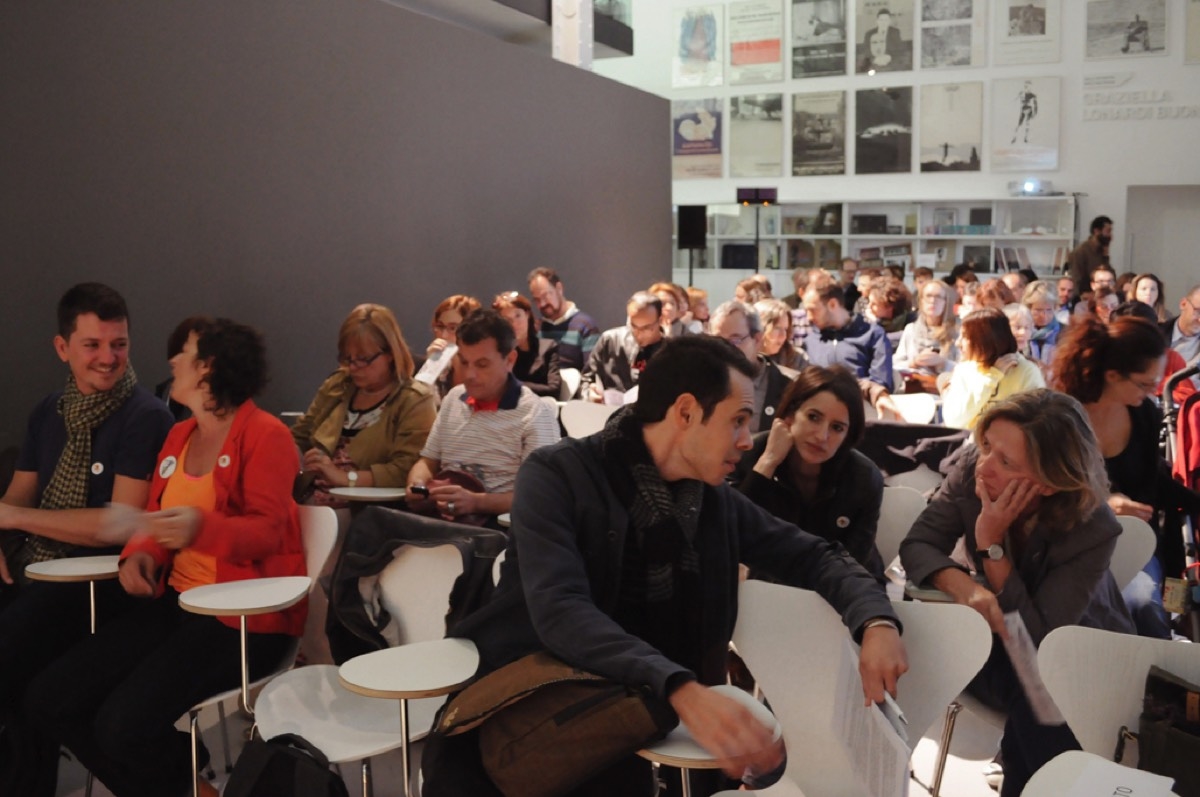
![Heidrun Friese – Partire [EN]](https://www.antiatlas.net/wp-content/uploads/2014/10/antiatlas-work-friese-partire-02-1200x900.jpg)
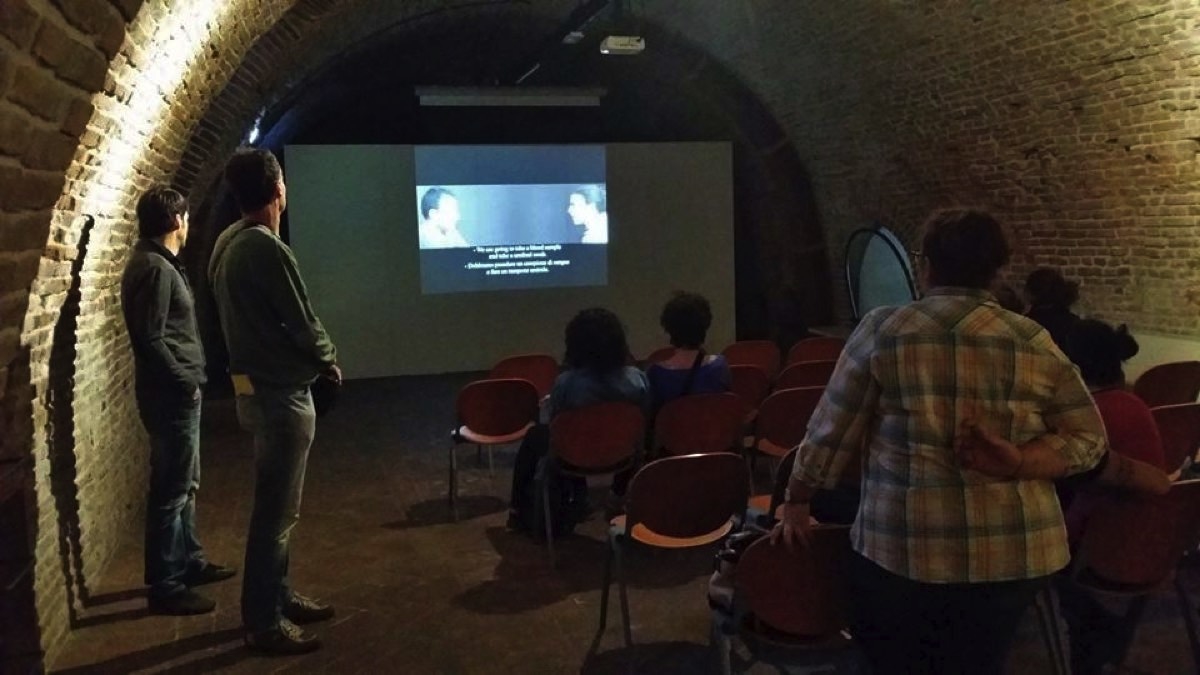
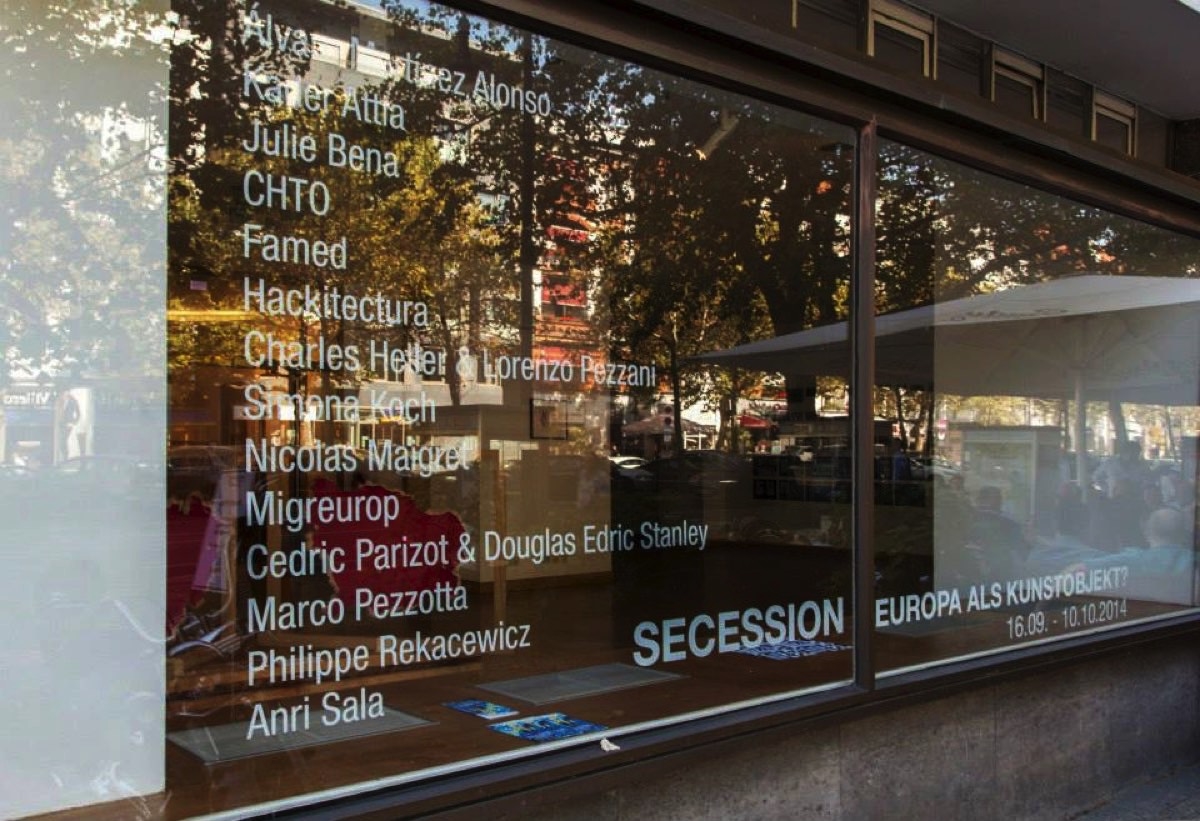
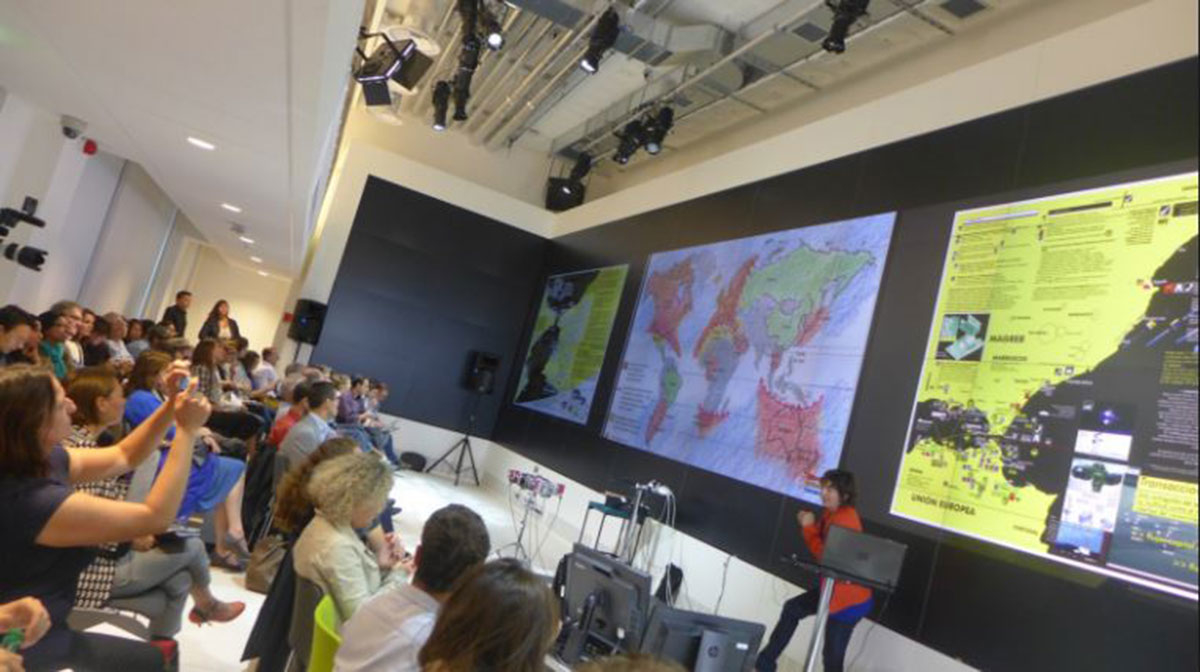
![Invisible borders: the Trans-African Project [EN]](https://www.antiatlas.net/wp-content/uploads/2014/09/antiatlas-work-invisibleborders-trans-african-project.jpg)
